Graphics Programs Reference
In-Depth Information
path. The algorithm
canc
formats both signals, feeds them into the fi lter
loop, corrects the signals for phase shifts and formats the signals for the
output.
function [zz,yy,ee] = canc(x,s,u,l,iter)
% CANC Correlated Adaptive Noise Canceling
[n1,n2]=size(s);n=n2;index=0; % Formatting
if n1>n2
s=s';x=x';n=n1;index=1;
end
w(1:l)=zeros(1,l);e(1:n)=zeros(1,n); % Initialization
xx(1:l)=zeros(1,l);ss(1:l)=zeros(1,l);
z(1:n)=zeros(1,n);y(1:n)=zeros(1,n);
ors=s;ms(1:n)=mean(s).*ones(size(1:n));
s=s-ms;x=x-ms;ors=ors-ms;
for it=1:iter % Iterations
for I=(l+1):(n+1) % Filter loop
for k=1:l
xx(k)=x(I-k);ss(k)=s(I-k);
end
for J=1:l
y(I-1)=y(I-1)+w(J).*xx(J);
z(I-1)=z(I-1)+w(J).*ss(J);
end
e(I-1)=ors(I-1-(fix(l/2)))-y(I-1);
for J=1:l
w(J)=w(J)+2.*u.*e(I-1).*xx(J);
end
end % End filter loop
for I=1:n % Phase correction
if I<=fix(l/2)
yy(I)=0;zz(I)=0;ee(I)=0;
elseif I>n-fix(l/2)
yy(I)=0;zz(I)=0;ee(I)=0;
else
yy(I)=y(I+fix(l/2));
zz(I)=z(I+fix(l/2));
ee(I)=abs(e(I+fix(l/2)));
end
yy(I)=yy(I)+ms(I);
zz(I)=zz(I)+ms(I);
end % End phase correction
y(1:n)=zeros(size(1:n));
z(1:n)=zeros(size(1:n));
mer(it)=mean(ee((fix(l/2)):(n-fix(l/2))).^2);
end % End iterations
if index==1 % Reformatting
zz=zz';yy=yy';ee=ee';
end
The required inputs are the signals
x
and
s
, the step size
u
, the fi lter length
l
and the number of iterations
iter
. In our example, the two noisy signals are
yn1
and
yn2
. We choose a fi lter with
l=5
fi lter weights. A value of
u
in the

